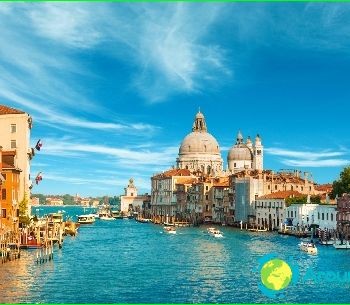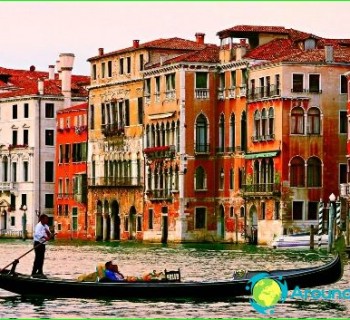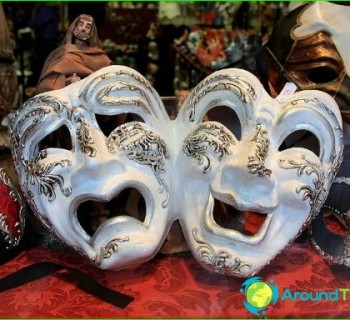History of Venice
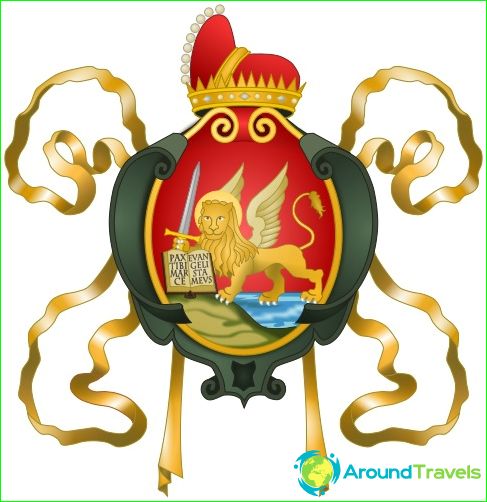
Venice is a city in northeastern Italy, represented by a group of 118 small islands separated by canals and connected by bridges. Venice is located in the Venetian lagoon of the Adriatic Sea. The unique architectural style of Venice was formed during the heyday of the Venetian Republic in the 14-16 centuries. Venice is currently listed as a UNESCO World Heritage Site.
The name of the city comes from the Veneti who inhabited the region in the 10th century BC. The Venetian Republic was a major maritime power during the Middle Ages and the Renaissance, as well as a very important center for trade (silk, grain, and spices). This has made Venice a wealthy city for most of its history. Venice has played an important role in the history of symphonic and operatic music, this is the birthplace of Antonio Vivaldi.
The urban settlement on the islands of the Venetian lagoon was formed in the second half of the sixth century, and after one century all the islands began to obey one ruler - the Doge. There were 120 doges in Venice, the first was elected in 697, and the last abdicated in 1797.
From the 9th to the 12th century, Venice became a city-state. Its strategic position on the Adriatic made the city an almost invulnerable maritime and commercial power. After the elimination of pirates along the Dalmatian coast, the city turned into a thriving center of trade between Western Europe and the rest of the world (mainly Islamic).
In the mid-fifteenth century, Venice faced Turkish expansion, which forced Europe to seek other trade routes. As a result, the city ceased to be an important trading point and when Venice was captured by Napoleon Bonaparte in 1797, the city was no longer a powerful power..
During the 18th century, Venice became perhaps the most elegant and sophisticated city in Europe, thanks in large part to art, architecture and literature..
In the nineteenth century Venice became part of Austria for a time, but in 1866, after the Third Italian War of Independence, Venice and Veneto became part of the Kingdom of Italy. During the Second World War, Venice managed to avoid severe destruction, the city remained practically untouched..
Tourism has been the main source of income in Venice since the beginning of the eighteenth century, when tourist excursions to the picturesque places of the city appeared here. Today it is one of the most visited cities in the world, with an average of 50,000 tourists coming to Venice every day. In the 1980s, the Venice Carnival was revived, the city hosts prestigious festivals: the Biennale and the Venice Film Festival, which attract visitors from all over the world.
Pictures of Venice
Coat of arms of the Venetian Republic
Venice of the 18th century in the painting by Canaletto
Bird's eye view of Venice
Venice Carnival
Grand canal
Doge's Palace
Church of Santa Maria della Salute
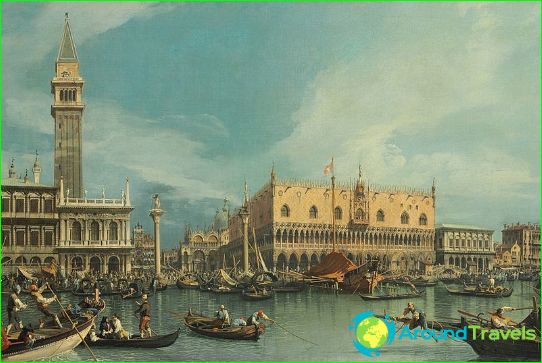 Venice of the 18th century in the painting by Canaletto
Venice of the 18th century in the painting by Canaletto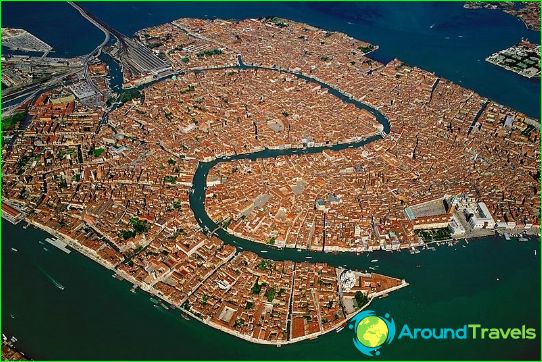 Bird's eye view of Venice
Bird's eye view of Venice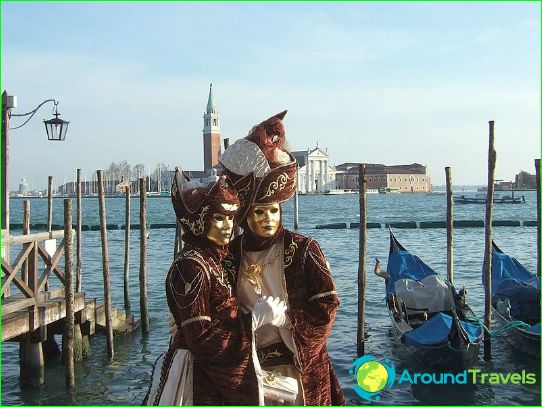 Venice Carnival
Venice Carnival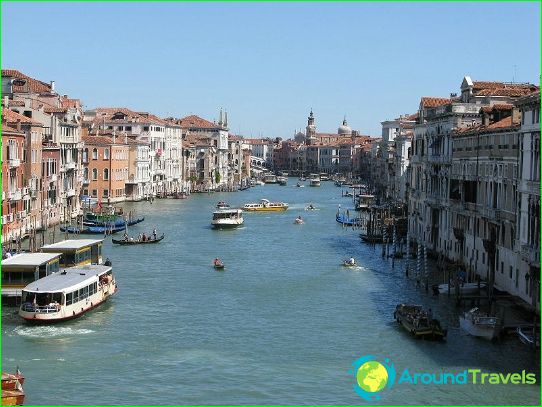 Grand canal
Grand canal Doge's Palace
Doge's Palace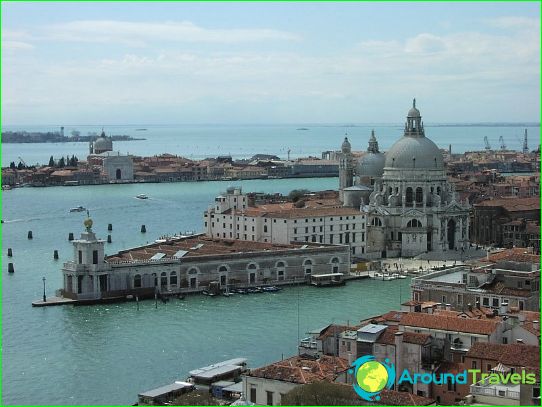 Church of Santa Maria della Salute
Church of Santa Maria della Salute